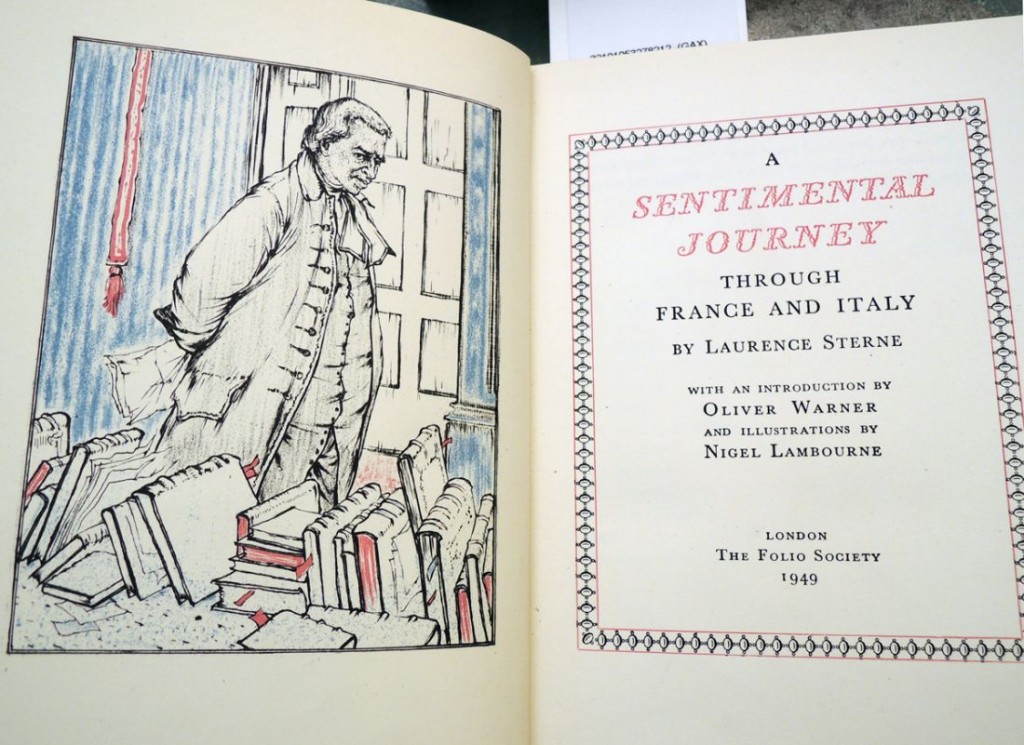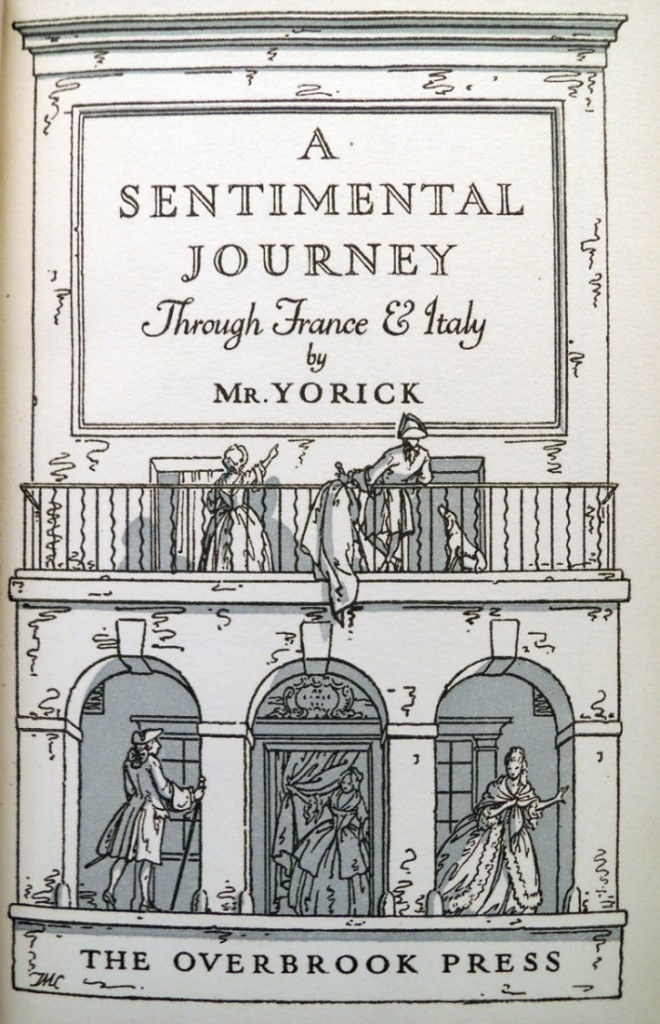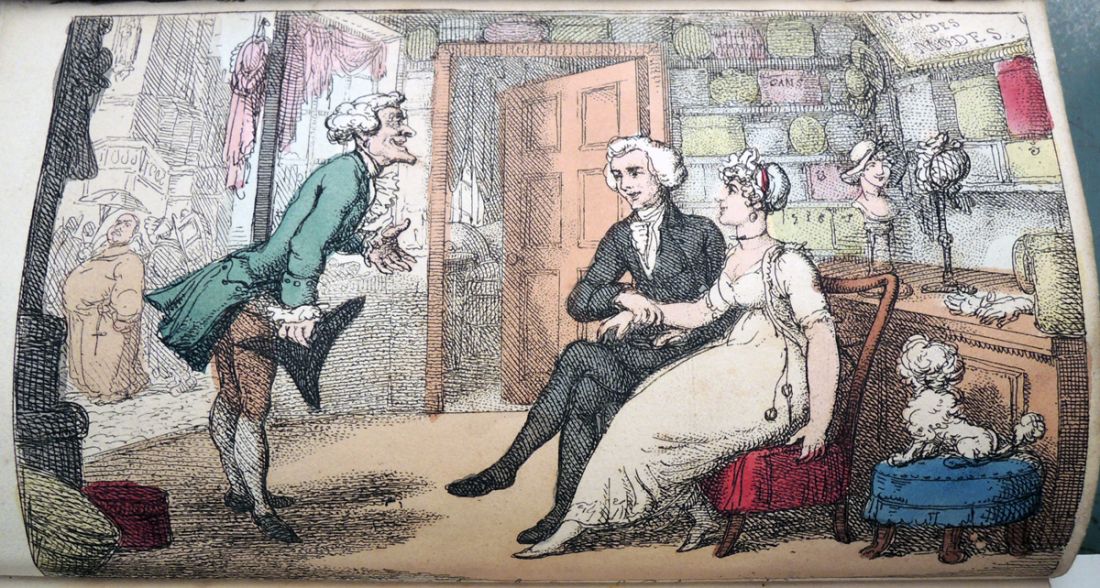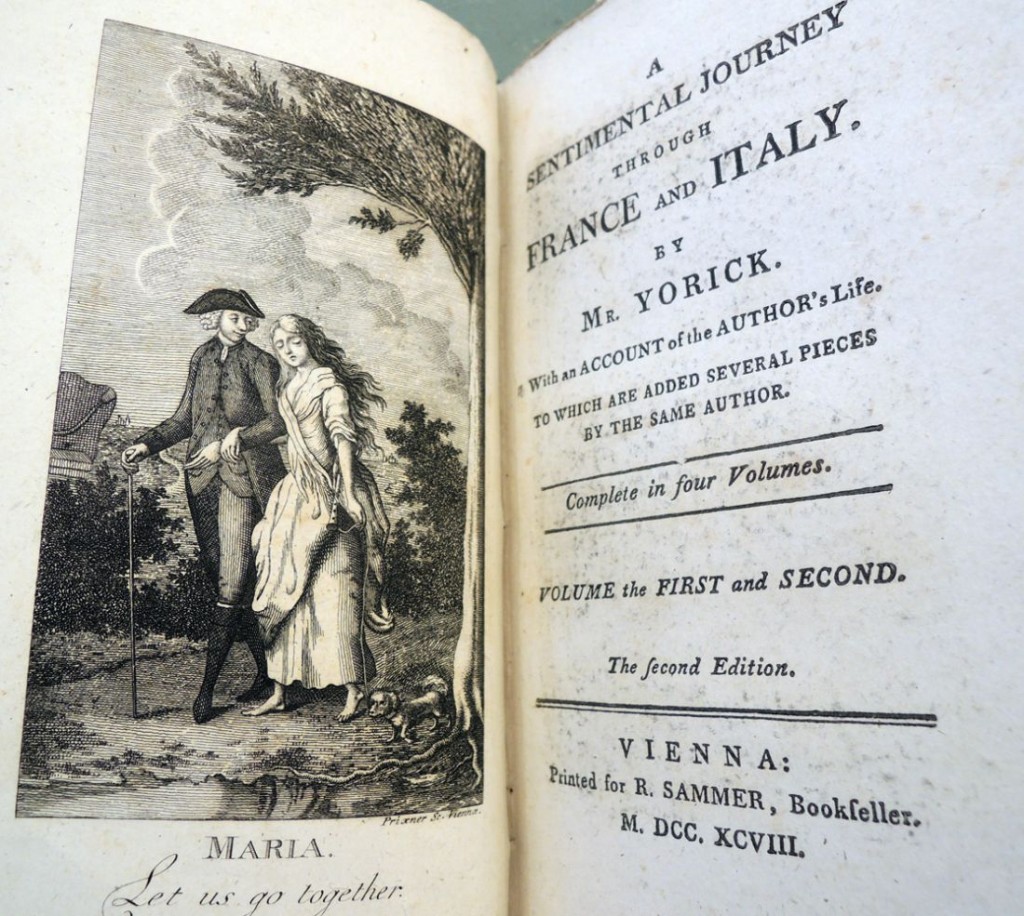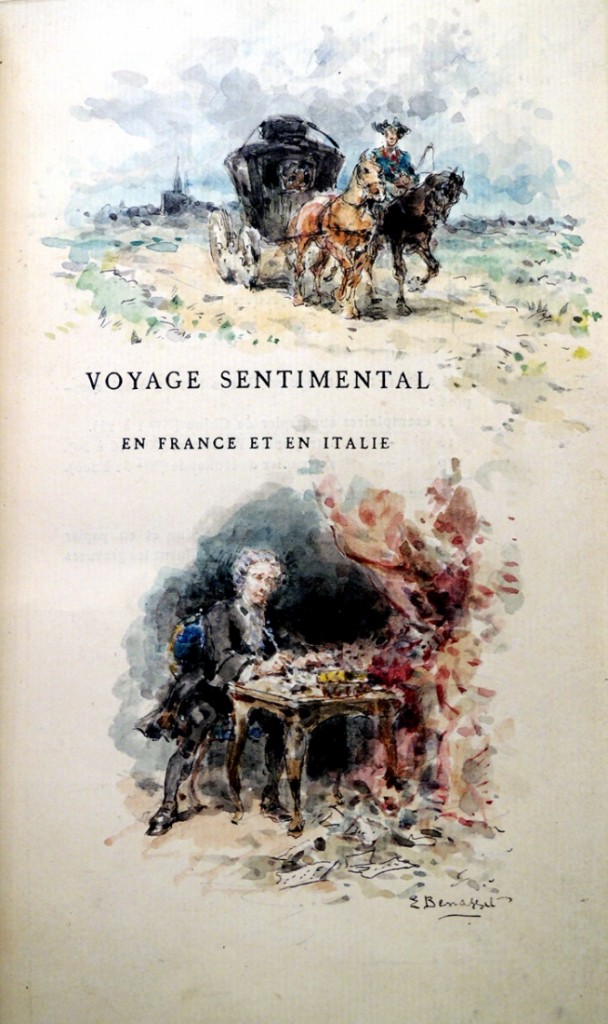
When we talk about pochoir or stencil coloring, the artist who usually comes to mind is Jean Saudé, a French printmaker who colored the work of the Parisian fashion world. The same technique was practiced in the United States, primarily at the studio of Charlize Brakely (1898-196?). The commercial artist supported herself hand-coloring the plates for limited-edition fine-press publications from her studio at 1674 Broadway between 52 and 53 street.

Firestone PS 2725.N5D82
In 1943, The Dutch Treat Club, a group of men involved in advertising, illustration, and writing, decided to celebrate their 38th “war time” anniversary with a special publication. Texts were provided by Rube Goldberg, Paul Gallico, and others, a play with a moral by Westbrook Pegler, and portraits of nine club functionaries. Brakely was commissioned by hand-color twelve of the illustrations.
For his “History of the Dutch Treat Club,” Will Irwin writes that the Club “was conceived in 1905 on a day coach of a Lackawanna suburban train by an unknown sire out of the Cloister Club. …The Cloister was a luncheon or dinner club pure and simple, which, according to George B. Mallon, sprang to life in the late 1880’s, when the men sported very tight trousers in glaring checks and the women protected their rear approaches with jutting bustles; when the telephone was an exotic luxury and the unmarried lived in boarding-houses.”
He continues, “Uptown in Union Square, or midtown in Franklin Square under the new Brooklyn Bridge, Harper’s, Scribner’s, and Century reigned … over the business of manufacturing periodicals and … book publishing. If the aspiring man of letters wrote poetry that approximated Edmund Clarence Stedman’s, if the young illustrator drew like Abbey or Du Maurier, he might in time enter the charmed circle; if not, he groped in outer darkness, writing or drawing for venturesome new book houses or for what the editors of the Century called to the very end the “upstart periodicals.”
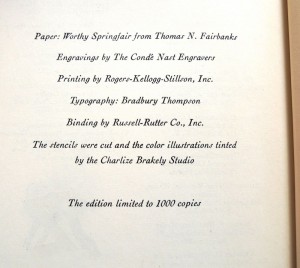 Although Blakely was not allowed to join The Dutch Treat Club, she hand cut approximately 30 stencils and colored 12,000 sheets for the privately printed edition. Other books with pochoir color by Brakely include:
Although Blakely was not allowed to join The Dutch Treat Club, she hand cut approximately 30 stencils and colored 12,000 sheets for the privately printed edition. Other books with pochoir color by Brakely include:
Kidnapped by Robert Louis Stevenson and wood engravings by Hans Alexander Mueller (New York; Limited Editions Club, 1938). GAX PR5484 .K5 1938b;
Soldiers of the American Army, with designs by Fritz Kredel (New York: Bittner and company, 1941) Ex Oversize GT1950 .K87q
Treasure Island by Robert Louis Stevenson, with designs by Edward A. Wilson (New York: Limited Editions Club, 1941) ExParrish Oversize PR5486 .A1 1941q
The Gods Are A-Thirst, with designs by Jean Oberle (London: Nonesuch Press, 1942)
The Rose and The Ring with designs by Fritz Kredel (New York: Limited Editions Club, 1942) GAX Oversize 2005-0170Q
A Woman’s Life, designs by Edy Legrand (London: Nonesuch Press, 1942) Firestone PQ2349.V4 E6 1942
The History of the Life of the Late Mr. Jonathan Wild the Great by Henry Fielding, illustrations by T.M. Cleland (New York: Limited Editions Club, 1943) GAX PR3454 .J663 1943
A Child’s Garden of Verses by Robert Louis Stevenson and illustrated by Roger Duvoisin (New York: Limited Editions Club, 1944). ExParrish PR5489 .C5 1944
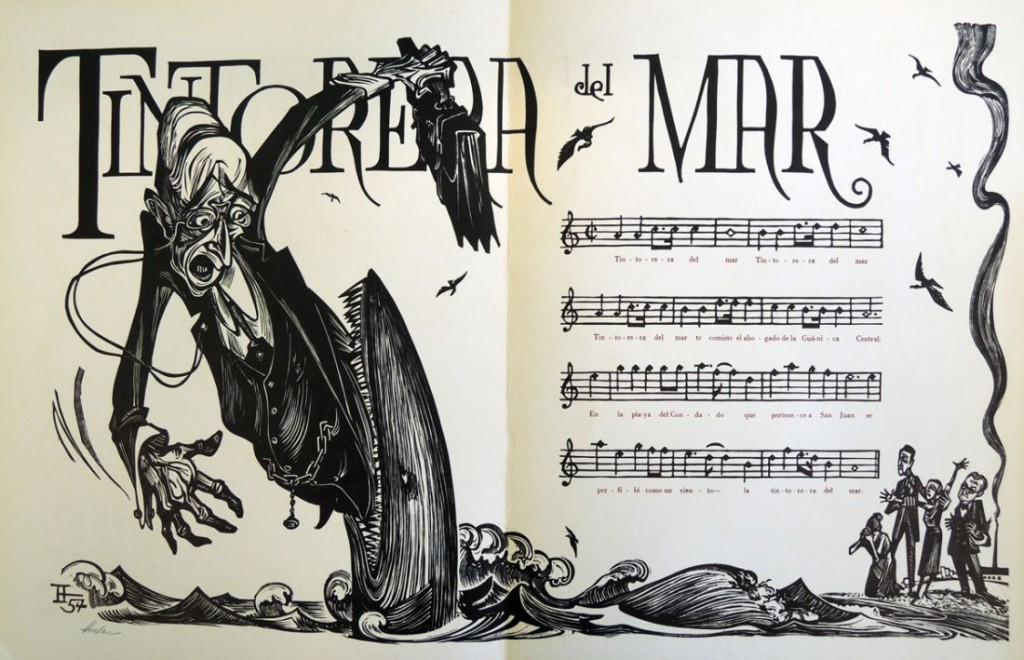


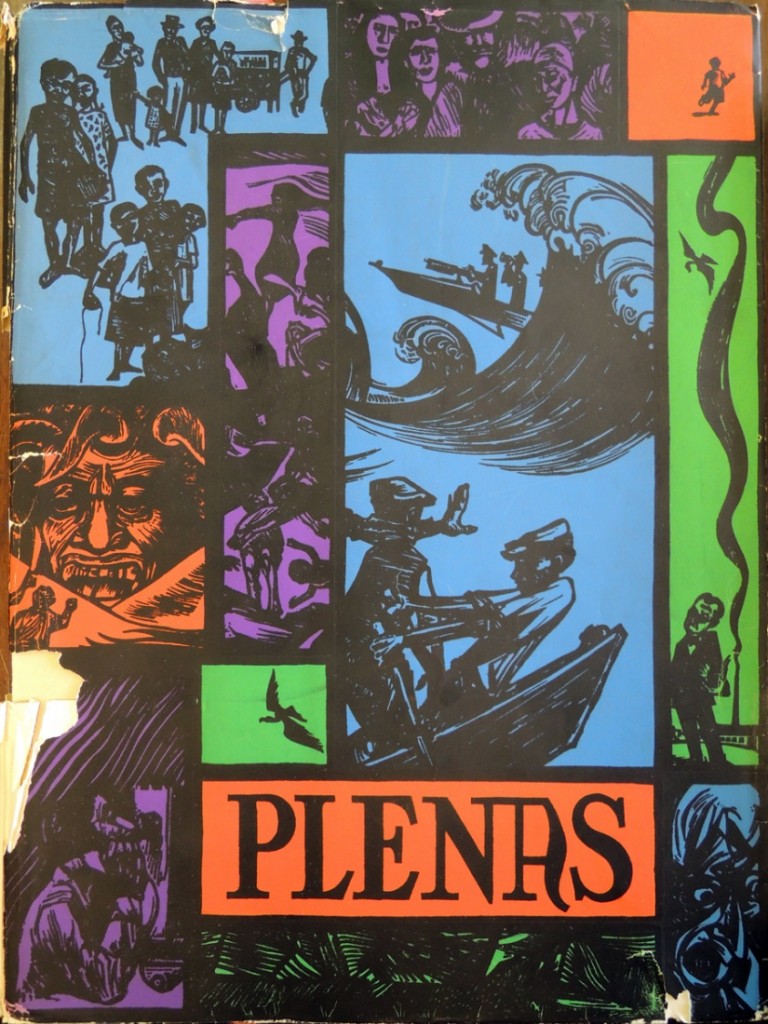
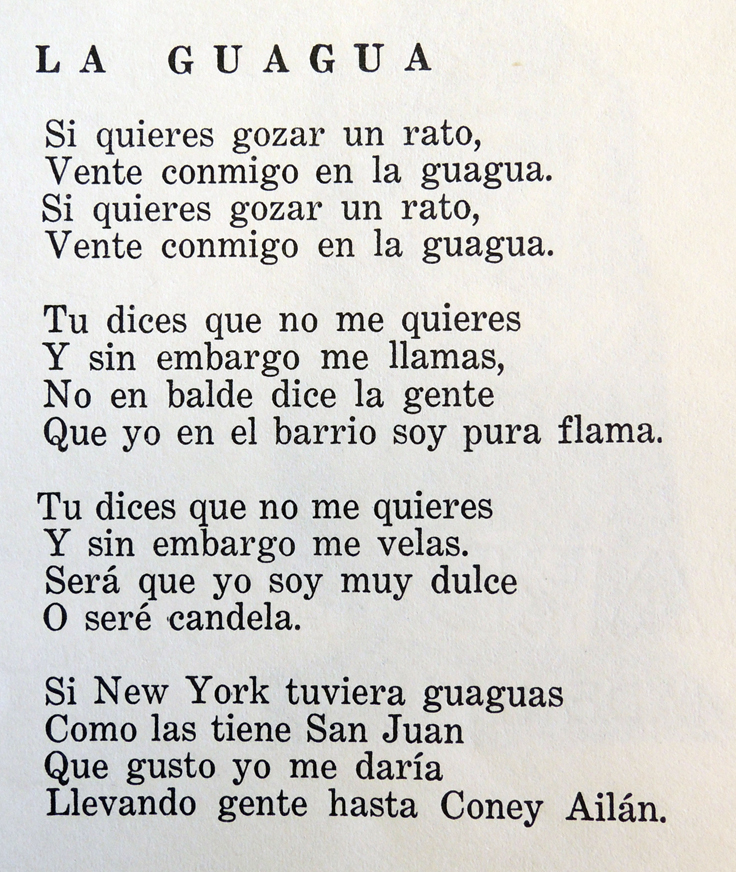

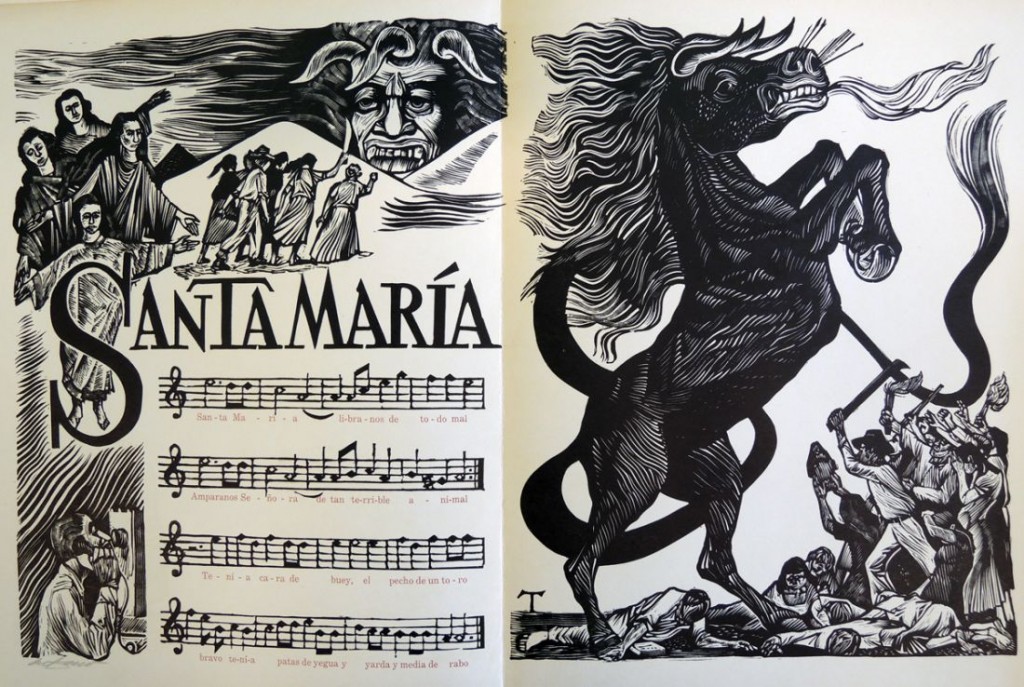

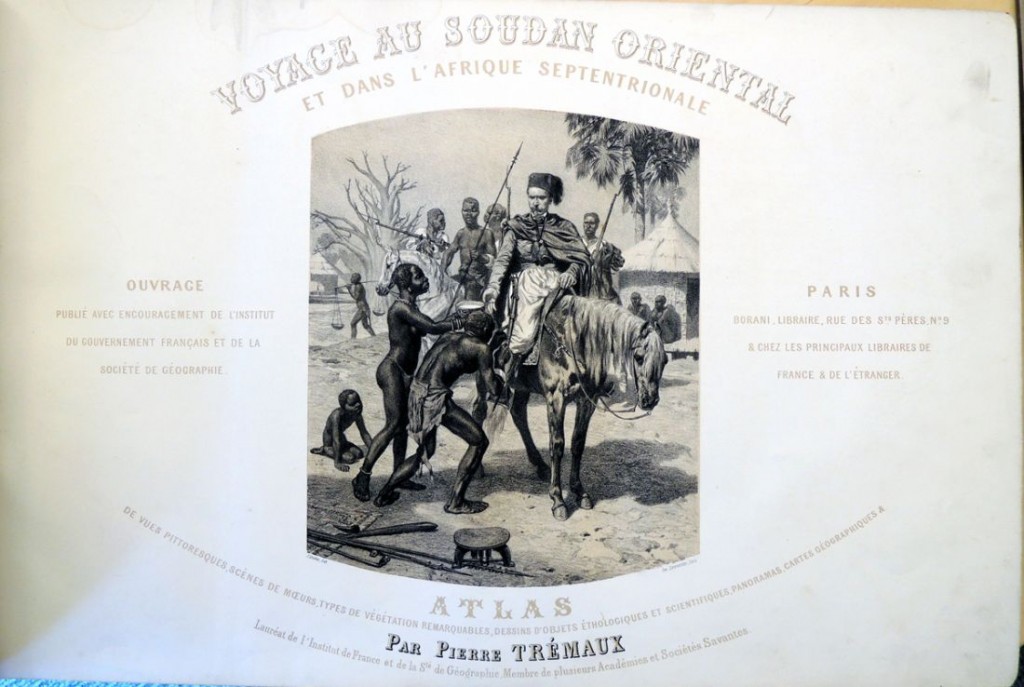


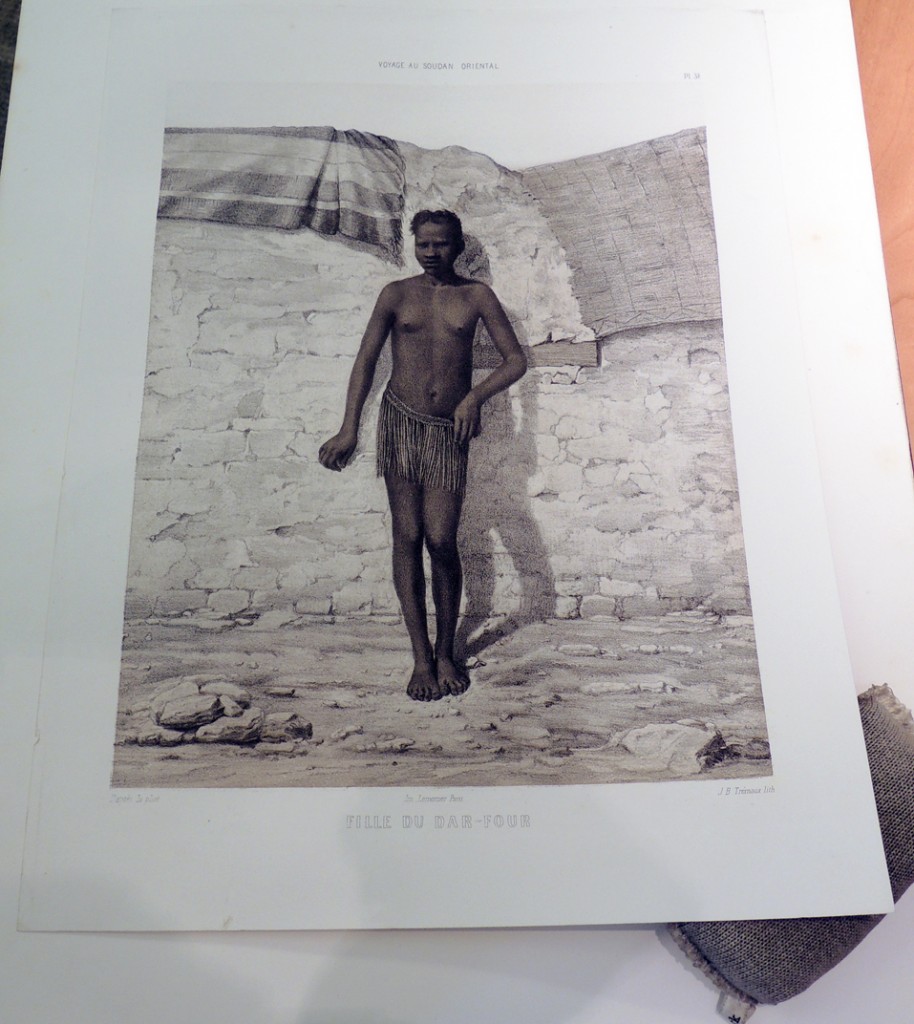


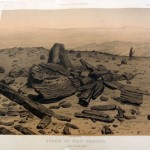
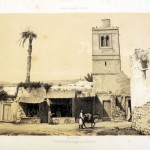
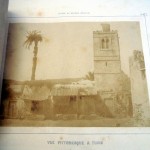

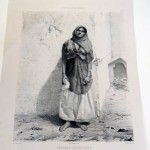
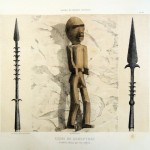
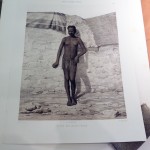

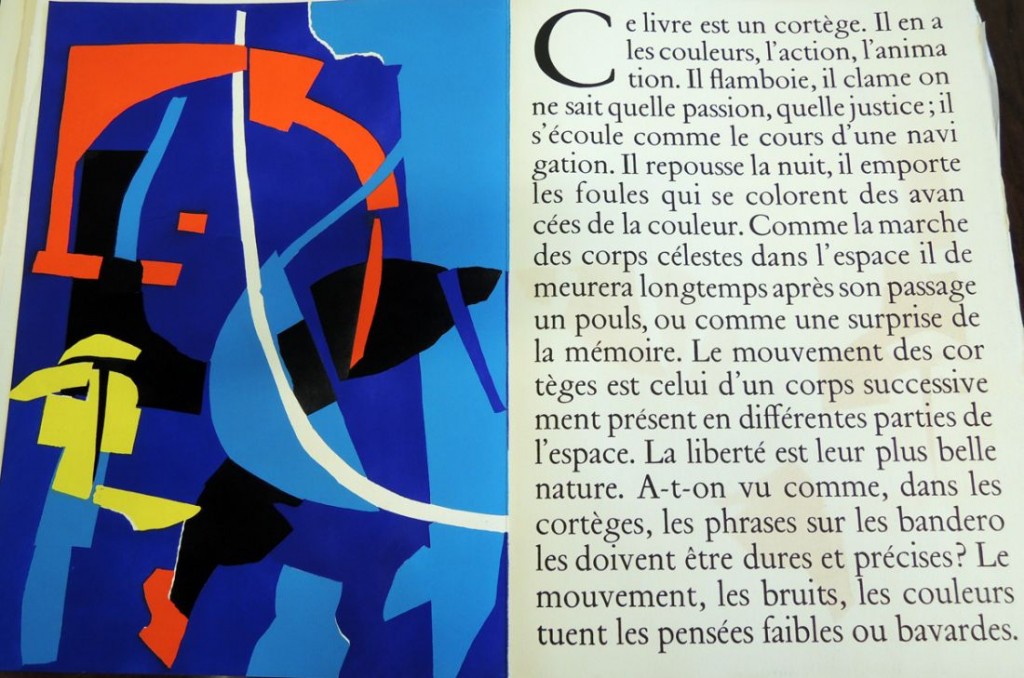
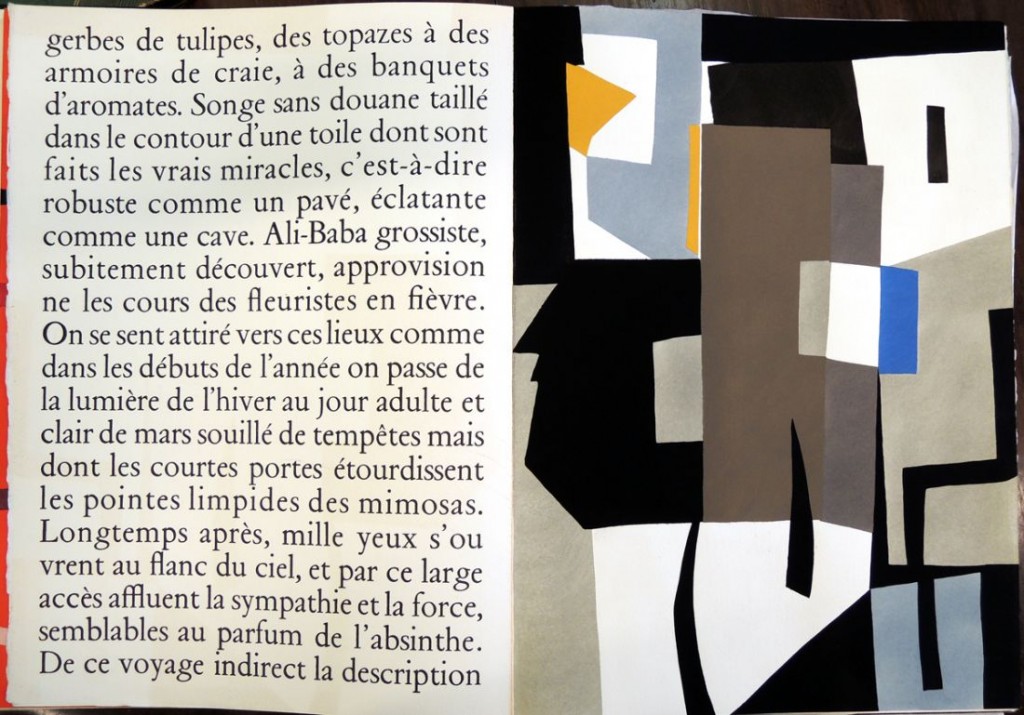
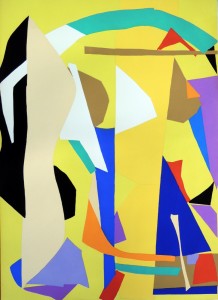
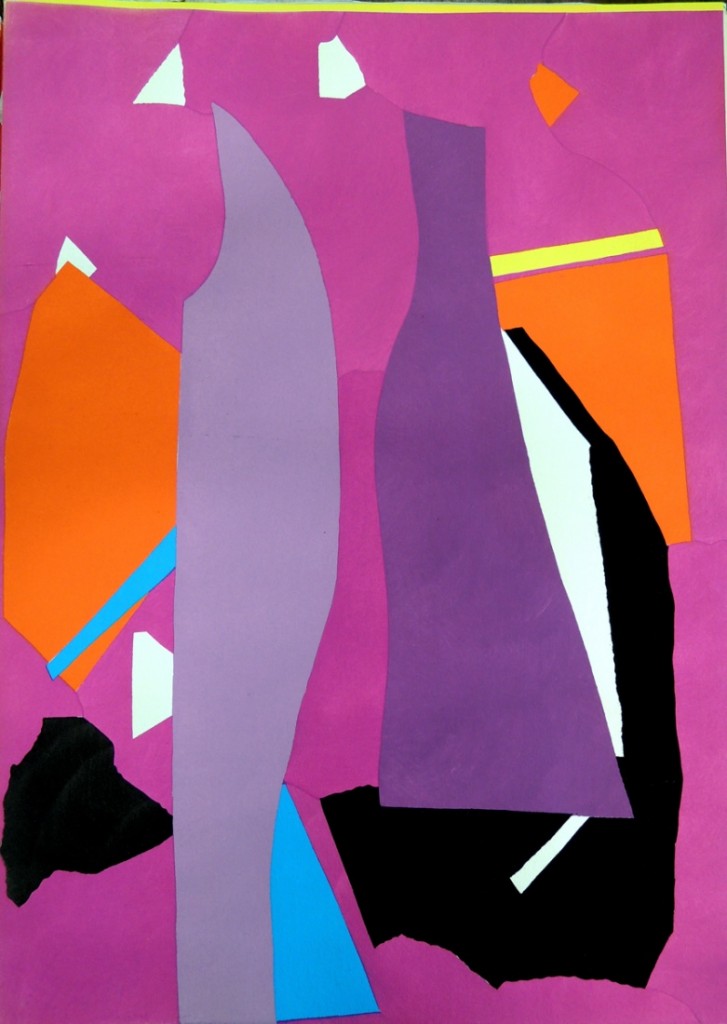
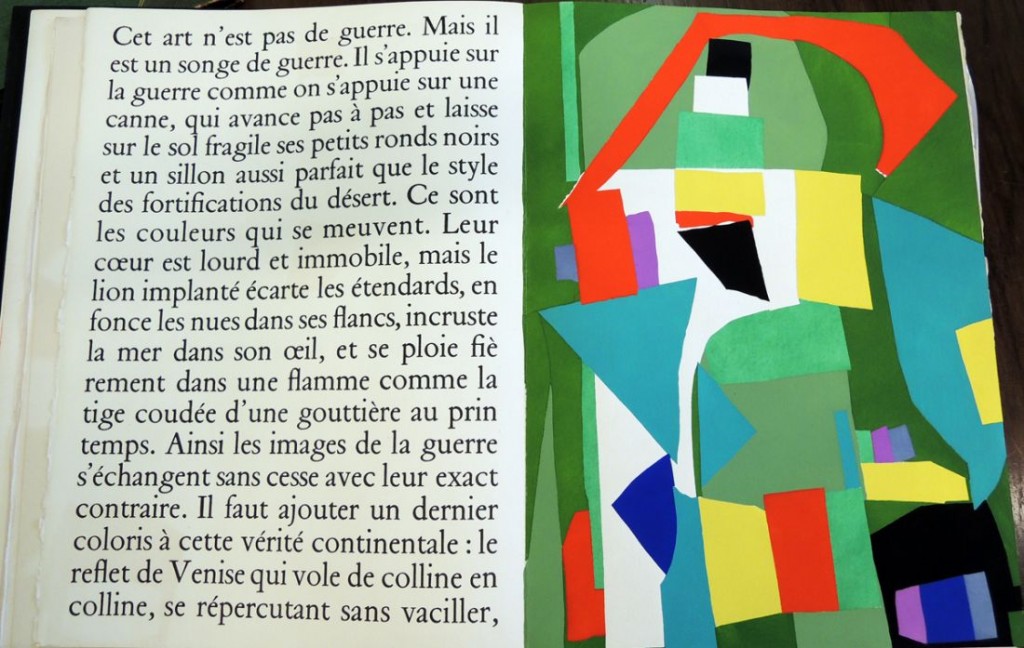
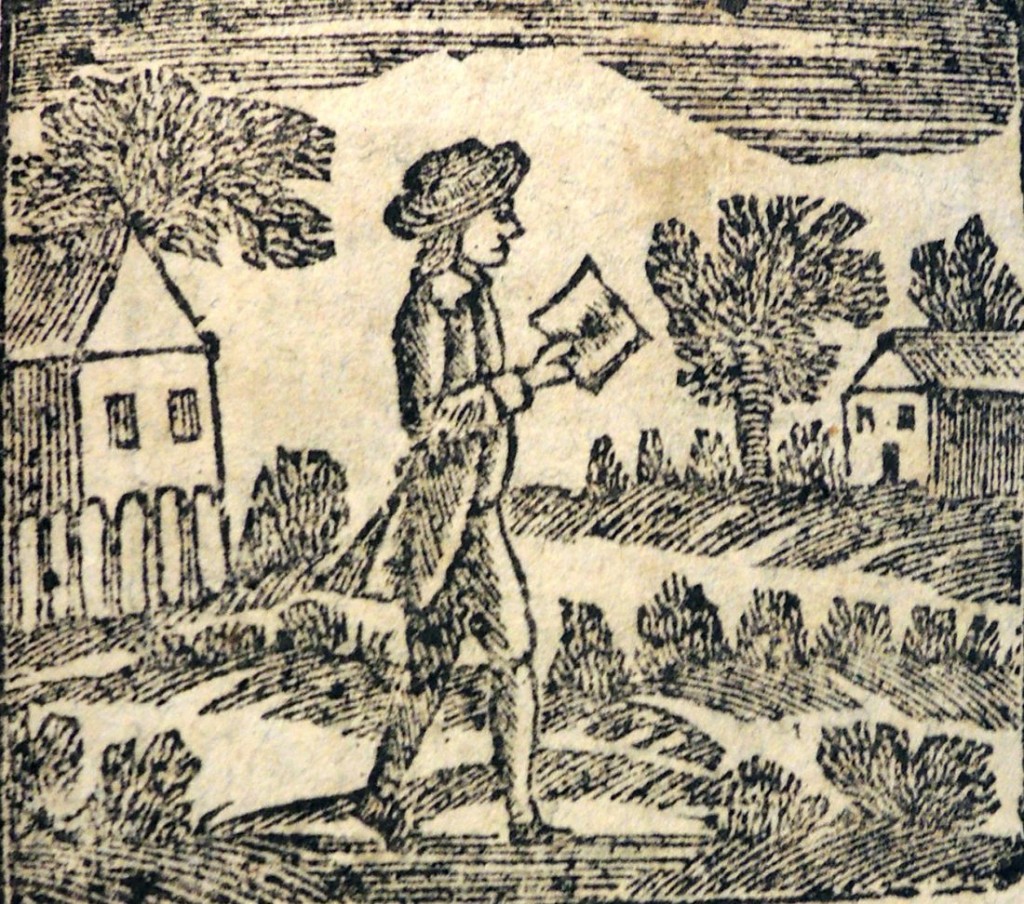

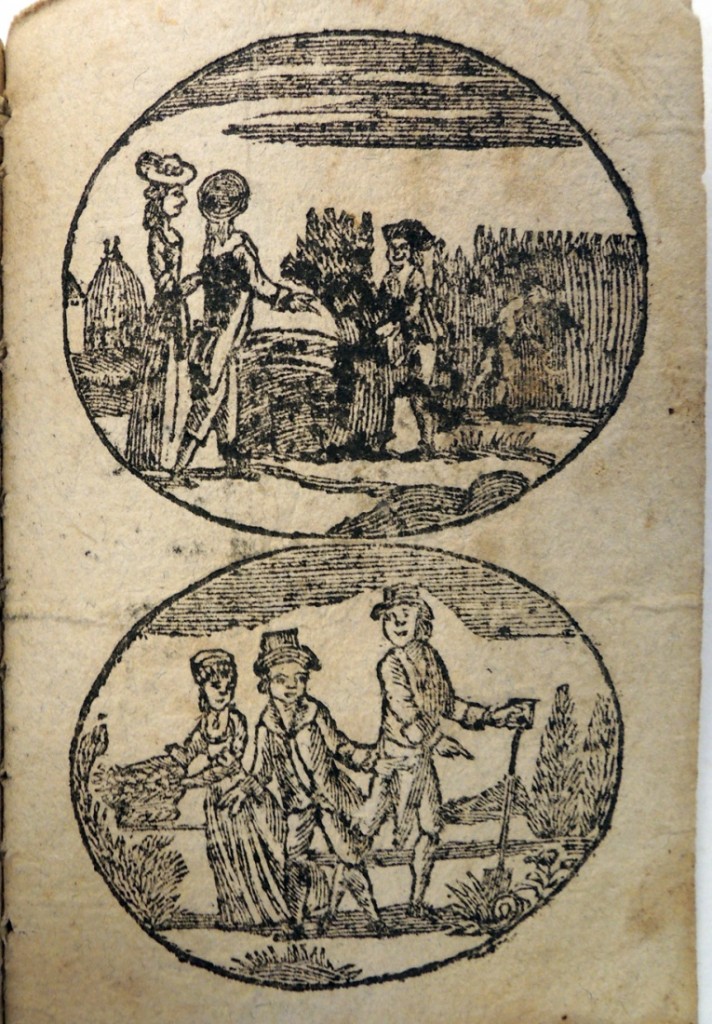
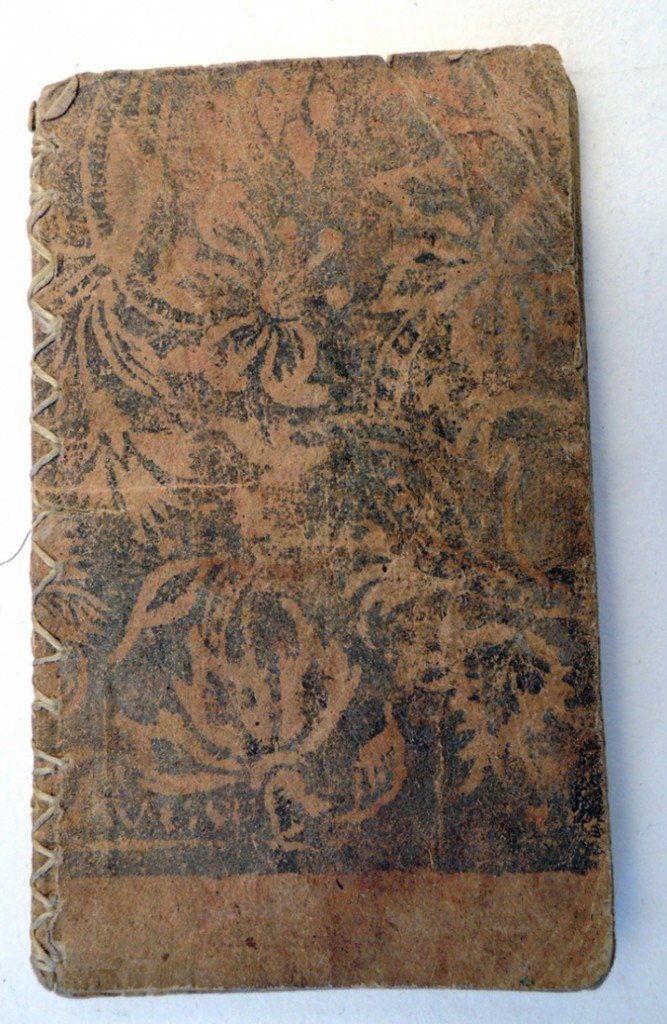



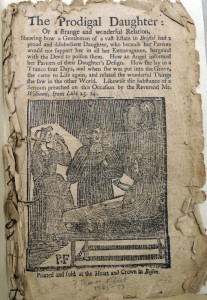
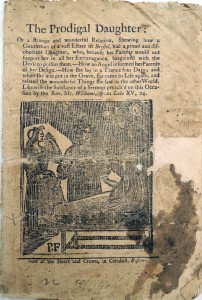
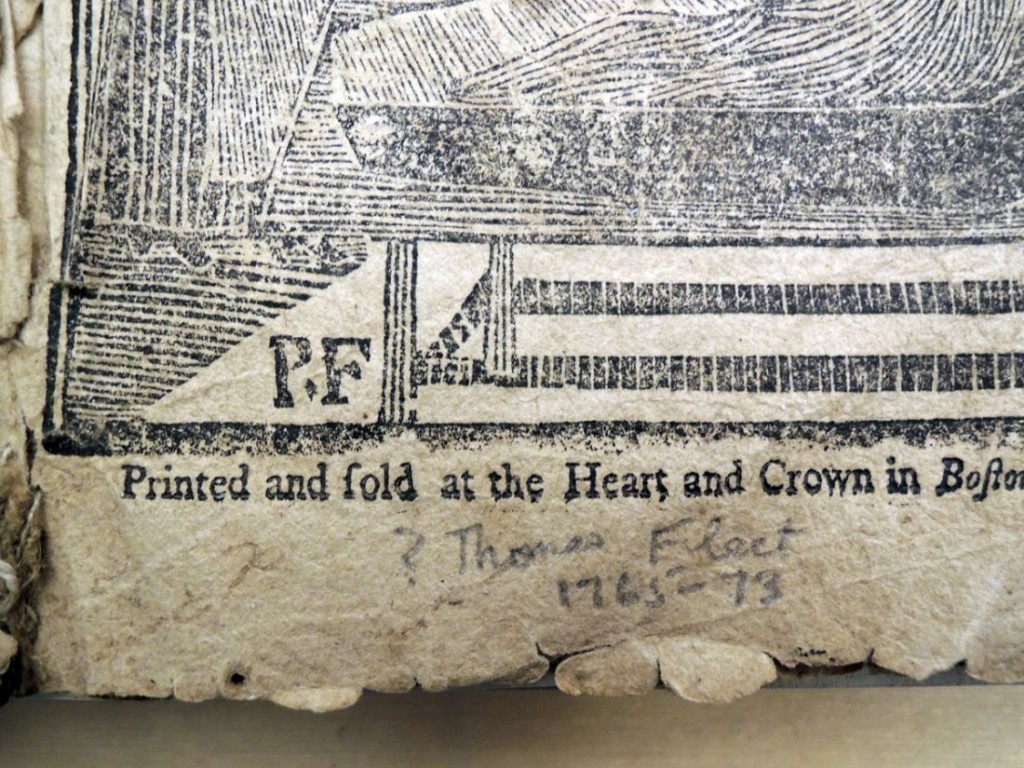


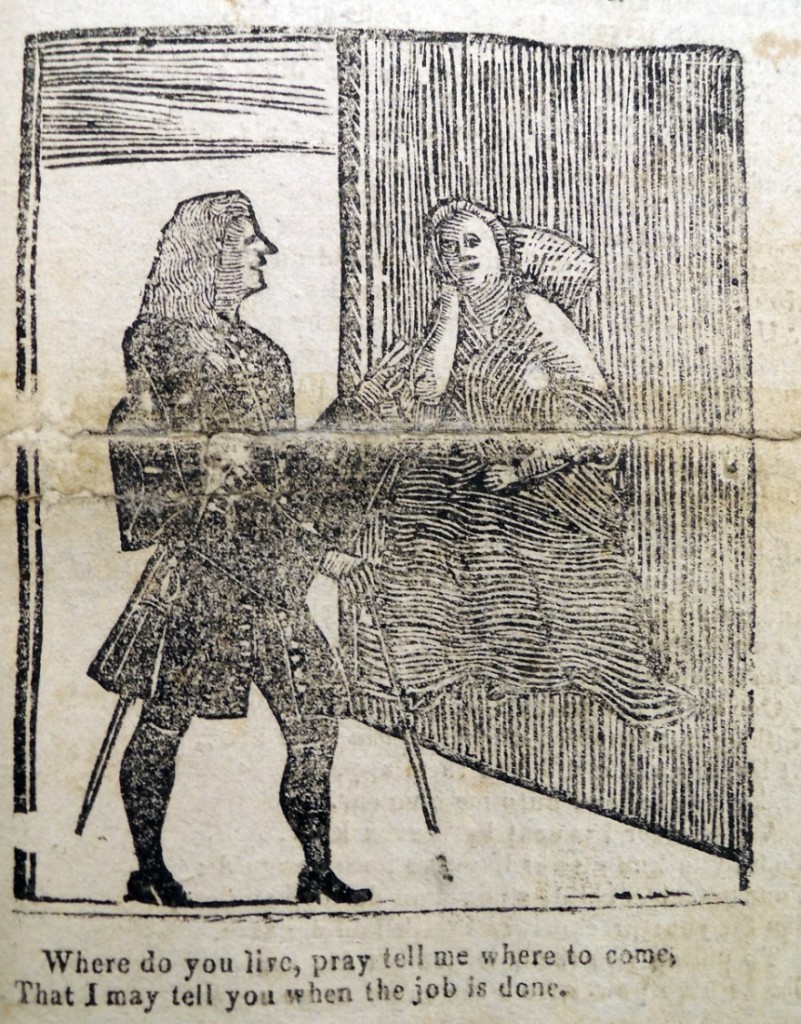
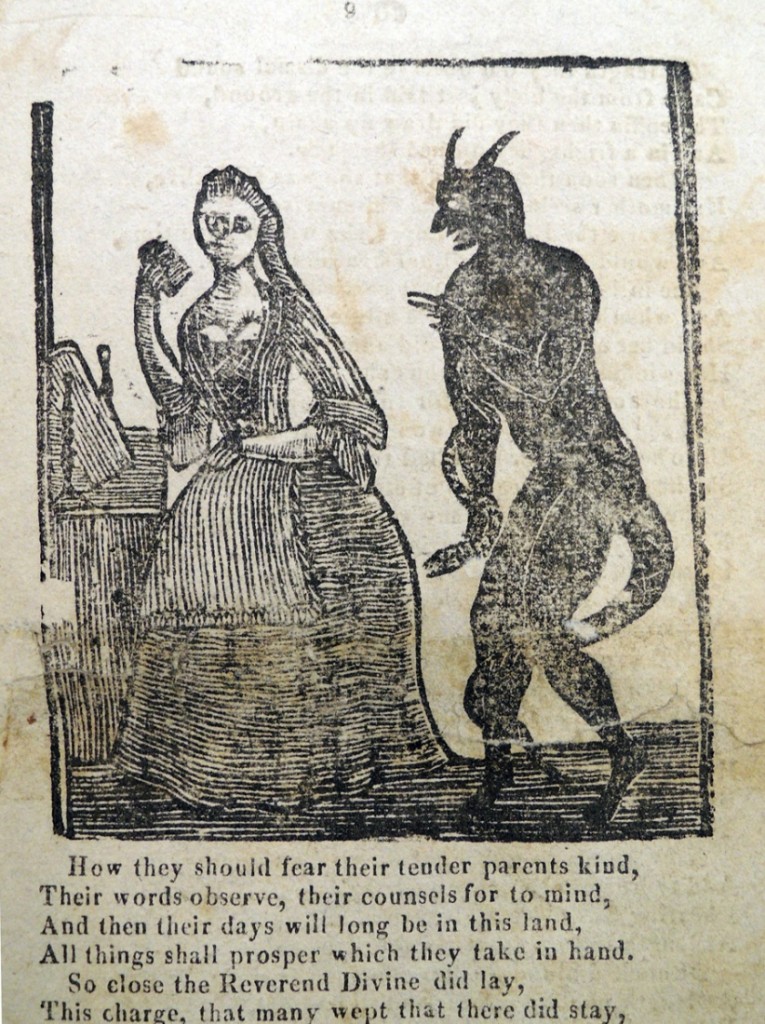
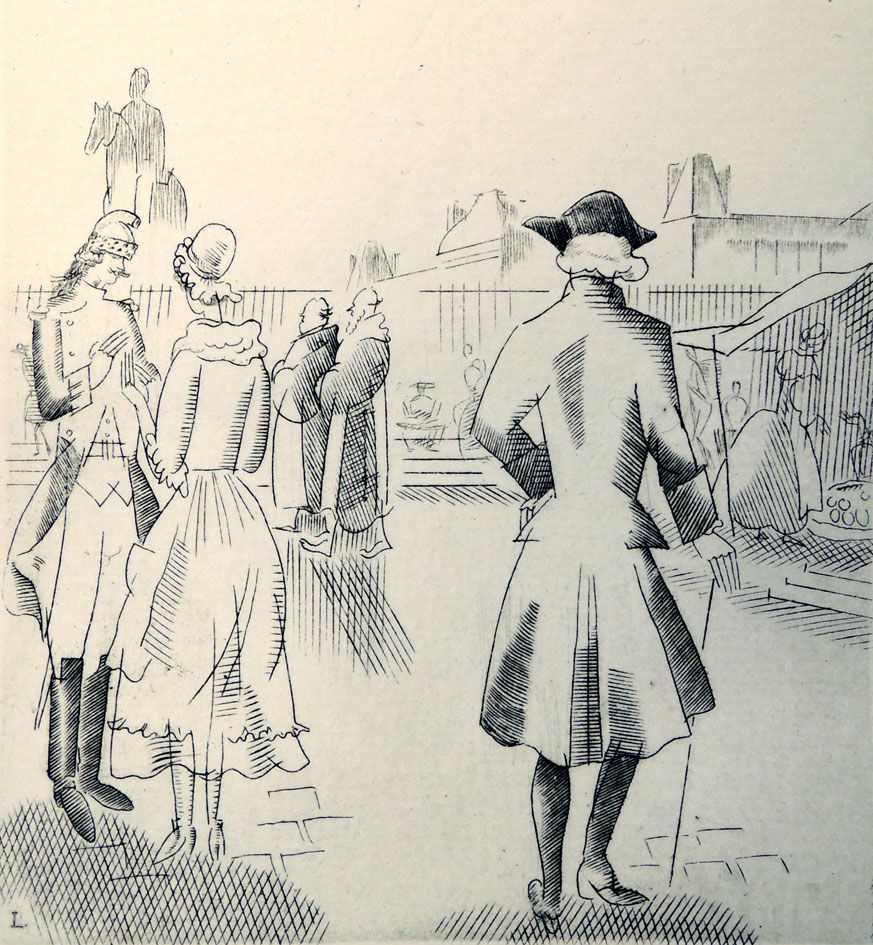
 Artist: Thomas Rowlandson (1756-1827). Laurence Sterne (1713-1768), A Sentimental Journey through France and Italy / by Mr. Yorick. A new ed. embellished with two caricature prints, by Rowlandson (London: T. Tegg, 1809). Graphic Arts Collection (GA) Rowlandson 1809.3
Artist: Thomas Rowlandson (1756-1827). Laurence Sterne (1713-1768), A Sentimental Journey through France and Italy / by Mr. Yorick. A new ed. embellished with two caricature prints, by Rowlandson (London: T. Tegg, 1809). Graphic Arts Collection (GA) Rowlandson 1809.3
